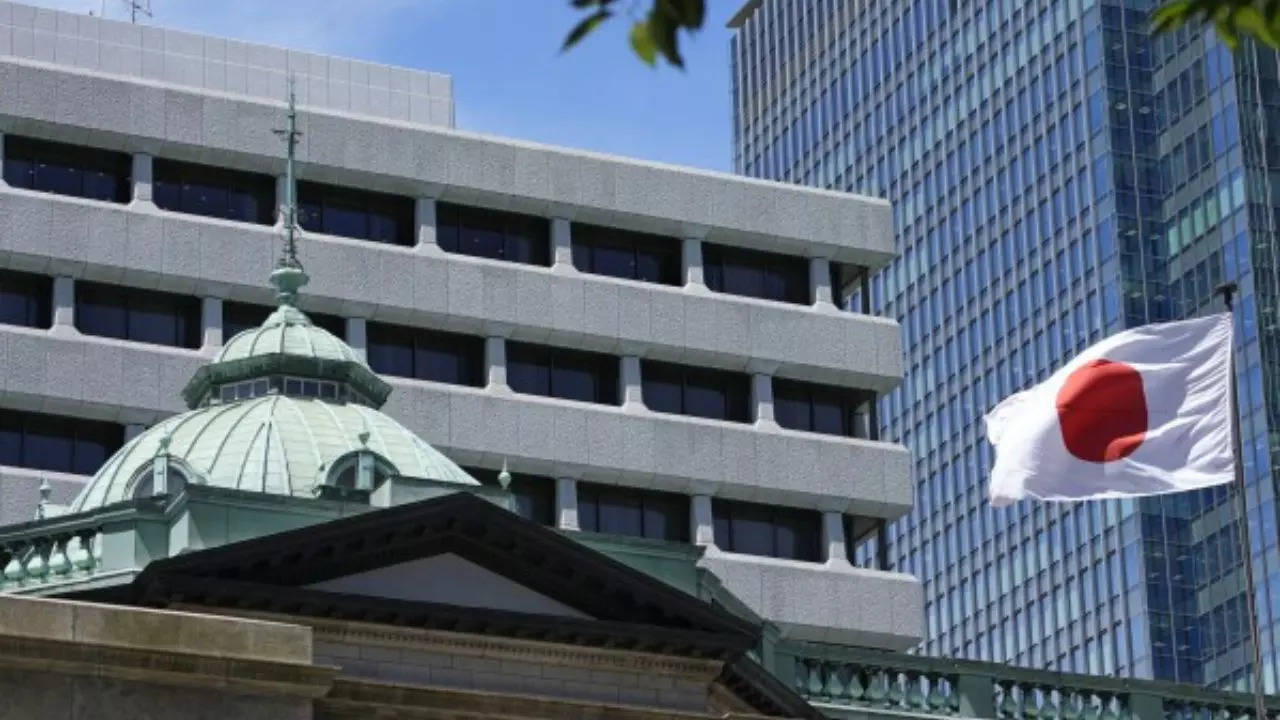The Bank of Japan raised interest rates for the first time since 2007 on Tuesday, pushing them above zero to close a chapter in its aggressive effort to stimulate an economy that has long struggled to grow. The BOJ effectively scrapped the world’s last negative interest rate, ending the most aggressive monetary stimulus programme in modern history.
In 2016, the central bank took the unorthodox step of bringing borrowing costs below zero, a bid to kick-start borrowing and lending and spur the country’s stagnating economy.Negative interest rates mean depositors pay to leave their money with a bank and borrowers can take out loans very cheaply, an incentive for them to spend.
But Japan’s economy has begun to show signs of stronger growth: Inflation, after being low for years, has sped up, cemented by larger-than-usual increases in wages. Both are clues that the economy may be on a course for more sustained growth, allowing the central bank to tighten its interest rate policy years after other major central banks. Even after Tuesday’s move, rates in Japan are far lower than those in other major developed economies. The Bank of Japan’s target policy rate was raised to a range of zero to 0.1% from -0.1%.
In 2016, the central bank took the unorthodox step of bringing borrowing costs below zero, a bid to kick-start borrowing and lending and spur the country’s stagnating economy.Negative interest rates mean depositors pay to leave their money with a bank and borrowers can take out loans very cheaply, an incentive for them to spend.
But Japan’s economy has begun to show signs of stronger growth: Inflation, after being low for years, has sped up, cemented by larger-than-usual increases in wages. Both are clues that the economy may be on a course for more sustained growth, allowing the central bank to tighten its interest rate policy years after other major central banks. Even after Tuesday’s move, rates in Japan are far lower than those in other major developed economies. The Bank of Japan’s target policy rate was raised to a range of zero to 0.1% from -0.1%.


